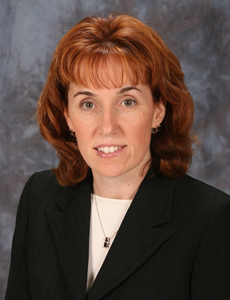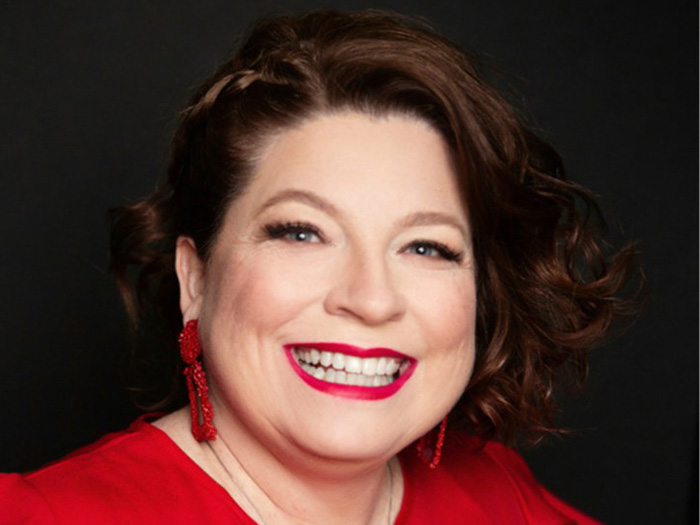Cell Captive Formations Are on the March in Vermont. Here’s Why

Captive insurance was originally set up as an alternative for companies struggling to find affordable coverage in the traditional insurance market.
But what about those small- to mid-sized businesses that don’t have the means to or want the commitment of forming their own captive?
The answer comes in the form of sponsored cell captives or rent-a-captive cells, which enable such firms to participate in a captive with other similar entities, often either of the same size or in the same industry.
A cell allows the insured to retain a proportion of its own risks and better manage losses and associated costs without the full start-up and operating expenses of a standalone captive, and the burden of running the day-to-day operations, including claims, underwriting and reporting.
And the cell owner’s assets and liabilities are also protected in an account that’s legally and contractually segregated from the other participants.
They particularly benefit companies with a better than industry loss history, those that want to segregate a portion of risk from their existing standalone captive program or need a short-term risk management solution, such as captives in run-off.
Sponsored Captives rising The concept isn’t new: Bermuda spearheaded the first cell captive more than 20 years ago. But it’s only really starting to take off now, with sponsored captives the fastest-growing segment of captive formation in Vermont.
The U.S. domicile licensed four sponsored captives last year, bringing its total cell facilities to more than 37 and comprising more than 200 cells.
“Large companies have historically been the greatest users of captive insurance as a means to support their risk management needs,” said Ian Davis, director of financial services at the State of Vermont.
“But, for obvious reasons, the resources required for formation and management of a standalone captive can be significant and, in some cases, serve as a barrier to entry for many companies.
“The introduction of sponsored captives has helped to change that by allowing for small- and mid-sized companies to participate in an arrangement where you have the convenience of being serviced while still receiving the benefits of captive insurance. It’s also all without the costs normally associated with owning and operating your own insurance company.”
The recent popularity in cell captives is being driven by a greater awareness among companies of captive insurance and the benefits and efficiencies that can be gained by middle market companies. After getting a taste of what it’s like to run one, many companies use these types of captives as a stepping stone to either setting up their own sponsored entity within an industry sector or a single parent captive.
The Domicile of Choice
Vermont, the largest U.S. captive insurance domicile, has become an increasingly popular domicile to join a sponsored captive because of its favorable laws, robust regulatory environment and extensive and experienced service provider network.
The biggest growth areas are in medical stop loss, commercial auto liability, general liability, workers’ compensation and property coverage, according to Davis. As far as industries are concerned, he said the use is across the board, from long-term care facilities to manufacturing, agriculture, insurance, real estate, religious institutions and energy.
“The range of applications is broadly similar to single parent captives,” said Davis. “We’ve also seen many employers provide medical stop loss, typically on a reinsurance basis, to the cell.
“Another popular use of cell captives is actually among insurance companies that may have brokerage accounts or agencies that have clients or agents. But, overall it’s a broad representation across all industries.”
Strategic Risk Solutions (SRS) manages nine sponsored captives domiciled in Vermont, with 22 active cells. The turn-key captive solution covers traditional property and casualty risk as well as providing group medical stop loss programs.
Dave Tatlock, chief financial officer at SRS, said the key benefits of cell captives are their speed to market, simplified administration and lower capital requirements compared to a standalone captive.
They also provide flexibility for a host of different applications from large homogenous groups of companies, each with their own cell, to an individual captive owner with multiple cells.
“Because there’s already a license in place, you can get it off the ground in a relatively short timeframe, as well as streamlining some of the administrative aspects of running your own captive,” said Tatlock.
“You also only require the basic risk capital and not any additional amounts sometimes associated with standalone captives.”
Tatlock said that Vermont was a domicile of choice for cell captives because of its strong track record of facilitating that business and the fact it has been built on legislation governing sponsored captives, taking on broad feedback from the industry.
A Transitioning Market
Nancy Gray, regional managing director, Americas, at Aon — which owns a White Rock Group sponsored captive that has 250 cells under management, writing more than $750 million in gross premiums, as well as managing a host of other sponsored captives in Vermont — said the growth in cell captives is being driven by the transitioning market.

Nancy Gray, regional managing director, Americas, Aon
She added that a company’s decision to stay with its cell captive or form a single parent captive afterwards is largely based on the reason why the cell was established.
“If you are going to be retaining risk in your cell, then it’s likely you will look to form a standalone captive,” said Gray.
“But if you’re just using it to gain access to the reinsurance market for additional capacity, then it’s less likely you will establish your own captive.”
A large proportion of the sponsored captives Aon manages in Vermont, Gray said, cater to the health care sector, where providers want to segregate professional medical liability risk in different cells rather than retaining it all in a single parent captive.
Among the main upsides of a cell captive, she said, are more flexible capital allocation, enabling companies to fund their own risk, and the fact that the sponsor takes care of corporate governance, freeing up its time and resources.
“Vermont is also a very stable domicile where the regulators have a great depth of knowledge and understanding of sponsored captives. Its whole approach and appreciation of the business needs behind forming and maintaining a sponsored captive is second to none,” Gray added.
Expanding the Reach
To facilitate this growth of sponsored captives, Vermont introduced new legislation in April 2019 for the specific inclusion of sole proprietorships among eligible businesses to be cell participants.
There are also new proposals to change the minimum core capital requirement for sponsored captives from $250,000 down to $150,000, provide the flexibility to offer coverage for unaffiliated business in a cell captive in the same way as a standalone captive, and explicitly allow companies to form separate accounts within a cell.
“Now, years after having put the legislation in place for sponsored and cell captive formation, we are starting to see more and more companies reap the rewards,” Davis said. &










